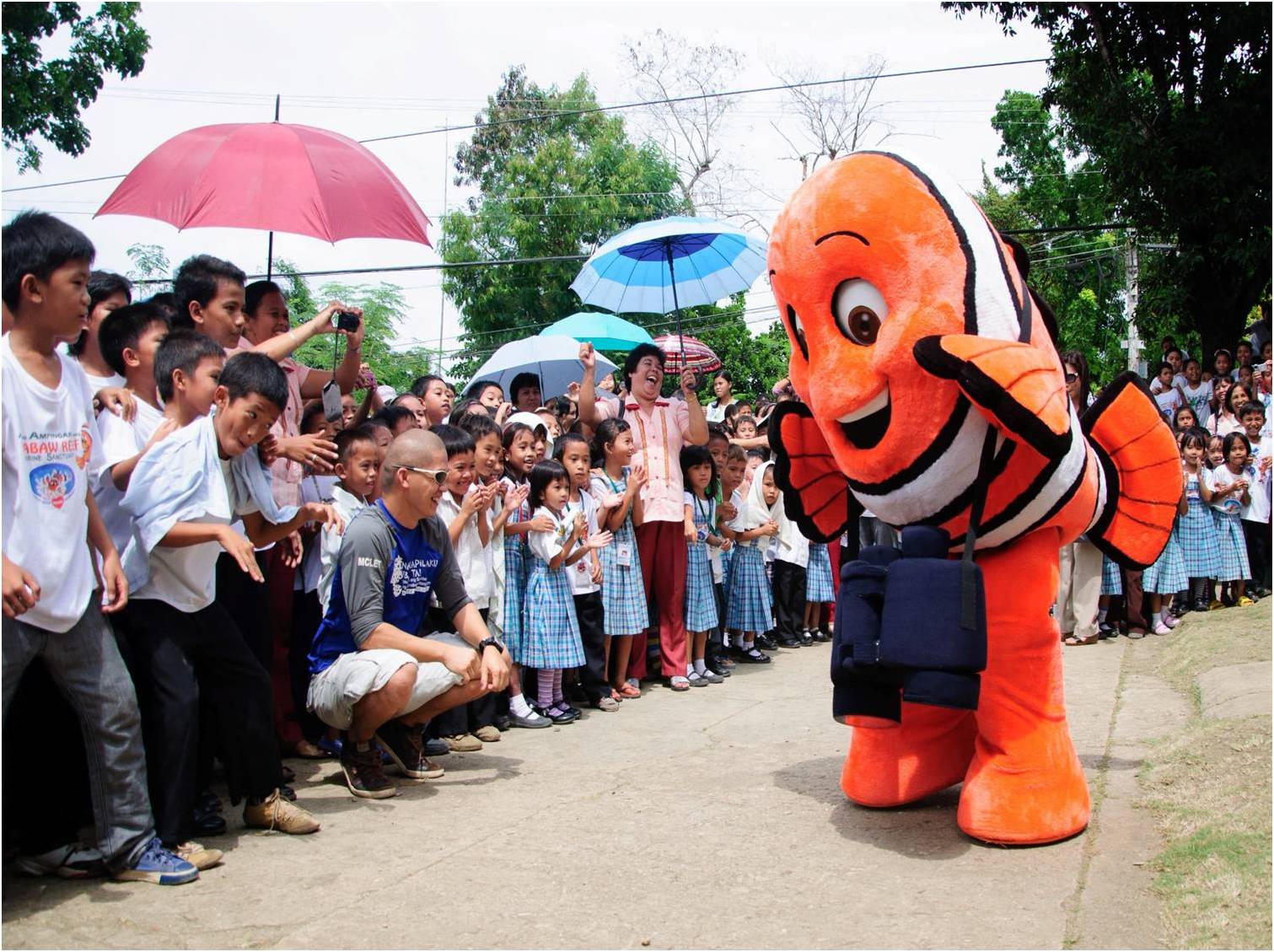Be creative with the methodology
Participants during daily quizz
GIZ
Training on an intersectoral topic such as climate change and health is more challenging for participants because their academic and practical background knowledge might not cover both topics. The training will likely cover a lot of new information for each participant. Given the complexity of the topic, it is even more important to develop and utilise a wide range of methodological approaches to maintain energy levels and focus during the training.
Interactive and innovative methods require good preparation from the presenters. It is often necessary to prepare aids or specific content. Using some methods can be challenging for participants who have never encountered them before and may take more time than originally anticipated.
- Add several animated or guided group work sessions
- For example: divide participants into different subgroups (i.e. by disease type: vector-borne, water and foodborne, airborne, zoonotic, direct impact) and have them work out which diseases to choose, how to investigate the link (vulnerability assessment), and how to adapt to climate impacts (national public health adaptation planning)
- Refrain from lengthy reports that repeat the previous day's content; instead, ask questions in the form of a group game (quiz);
- Share slides and summaries so participants can interact more freely and don't feel the urge to note everything down;
- Use a different icebreaker each day so the group gets to know each other better;
- Schedule site visits, guest lectures, and organise poster presentations to be held by participants.

